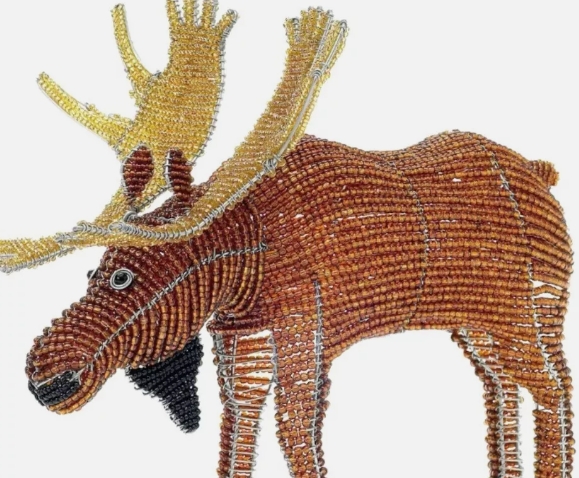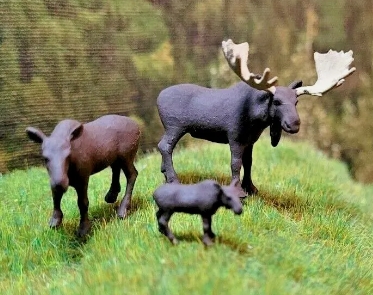The Elk (Elk) is a large herbivorous animal that is widely distributed in North America and Eurasia. In recent years, scientists have built models of elk to study its ecological habits, population dynamics and role in the ecosystem.
The elk model focuses on three areas: habitat requirements, behavior patterns, and population management. Model analysis revealed that elk have specific habitat needs, often choosing open forest, grassland and wetland areas for rich food resources. At the same time, the foraging behavior, breeding habits and social structure of the elk were also incorporated into the model to help understand the spatial distribution and dynamics of the population.
Using the elk model, researchers can predict habitat changes due to climate change or human activities, and develop appropriate conservation measures. At the same time, this model also provides a scientific basis for hunting management and ecological restoration, ensuring the healthy development of elk population and the maintenance of ecological balance. Overall, the elk model provides important support for the conservation of this precious species and its habitat.




